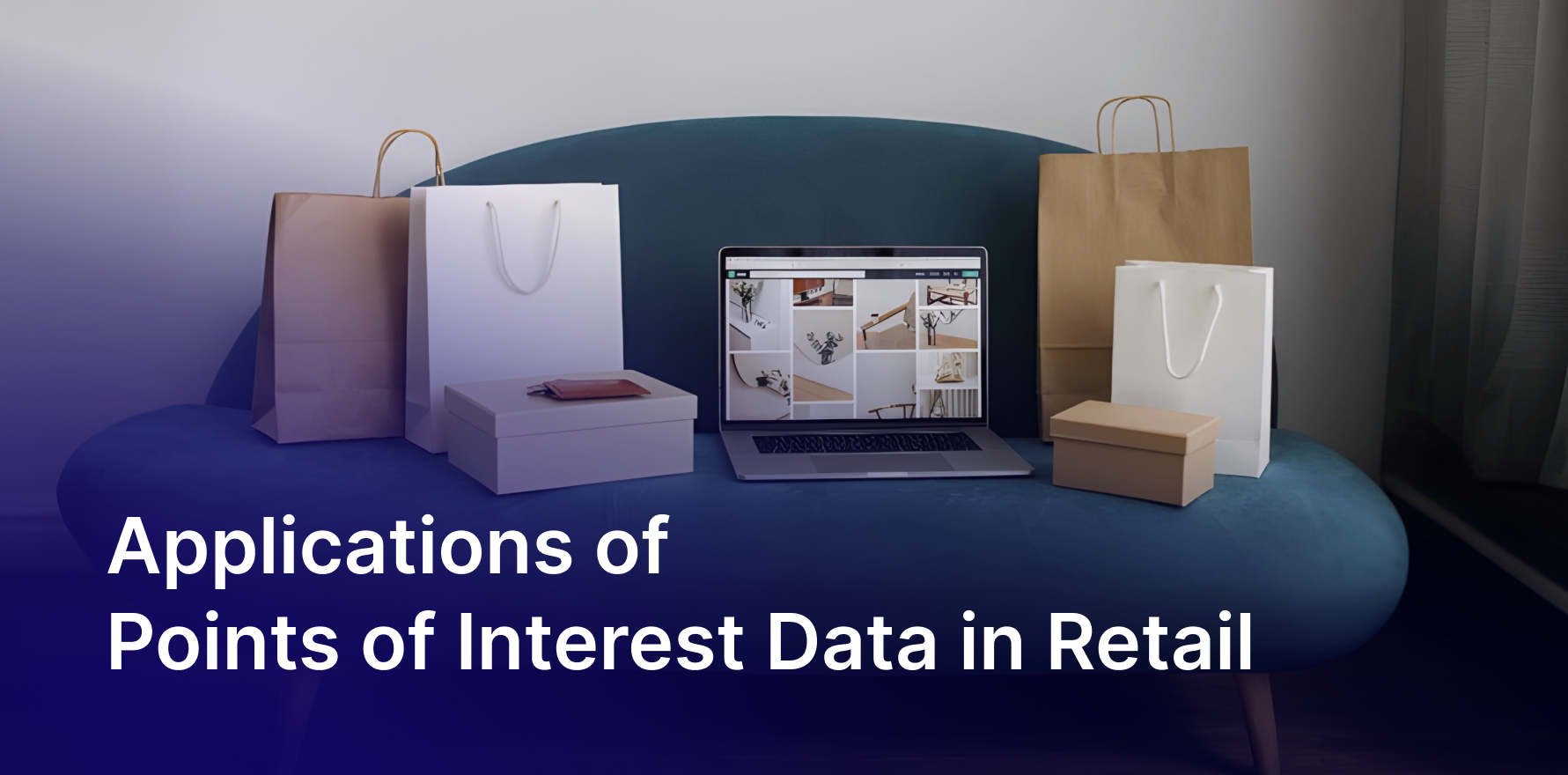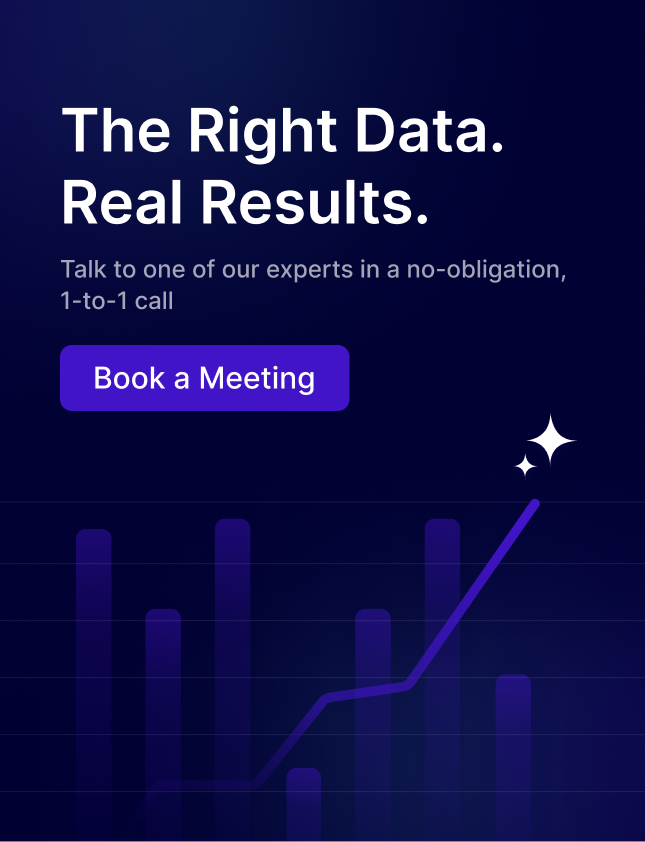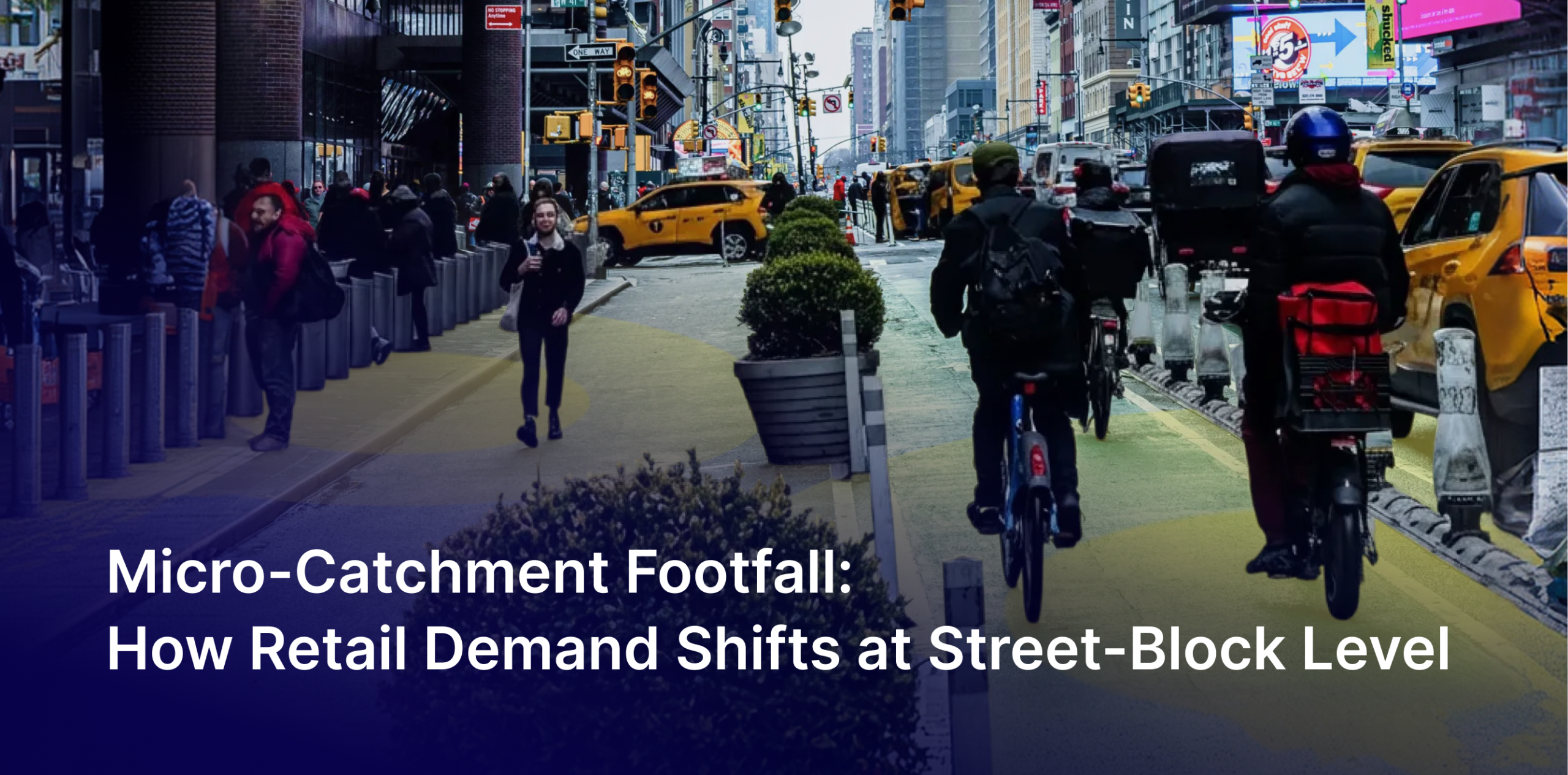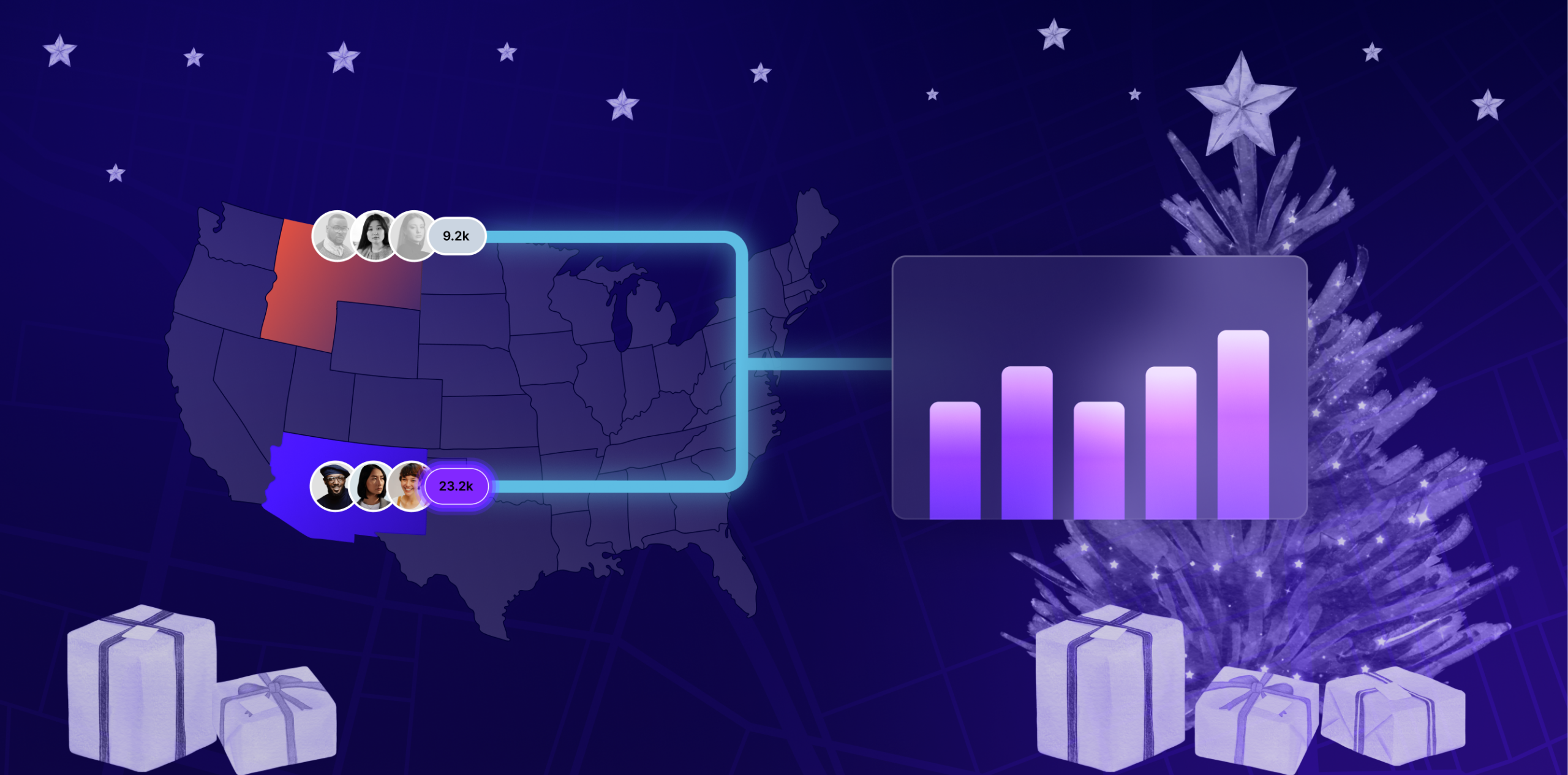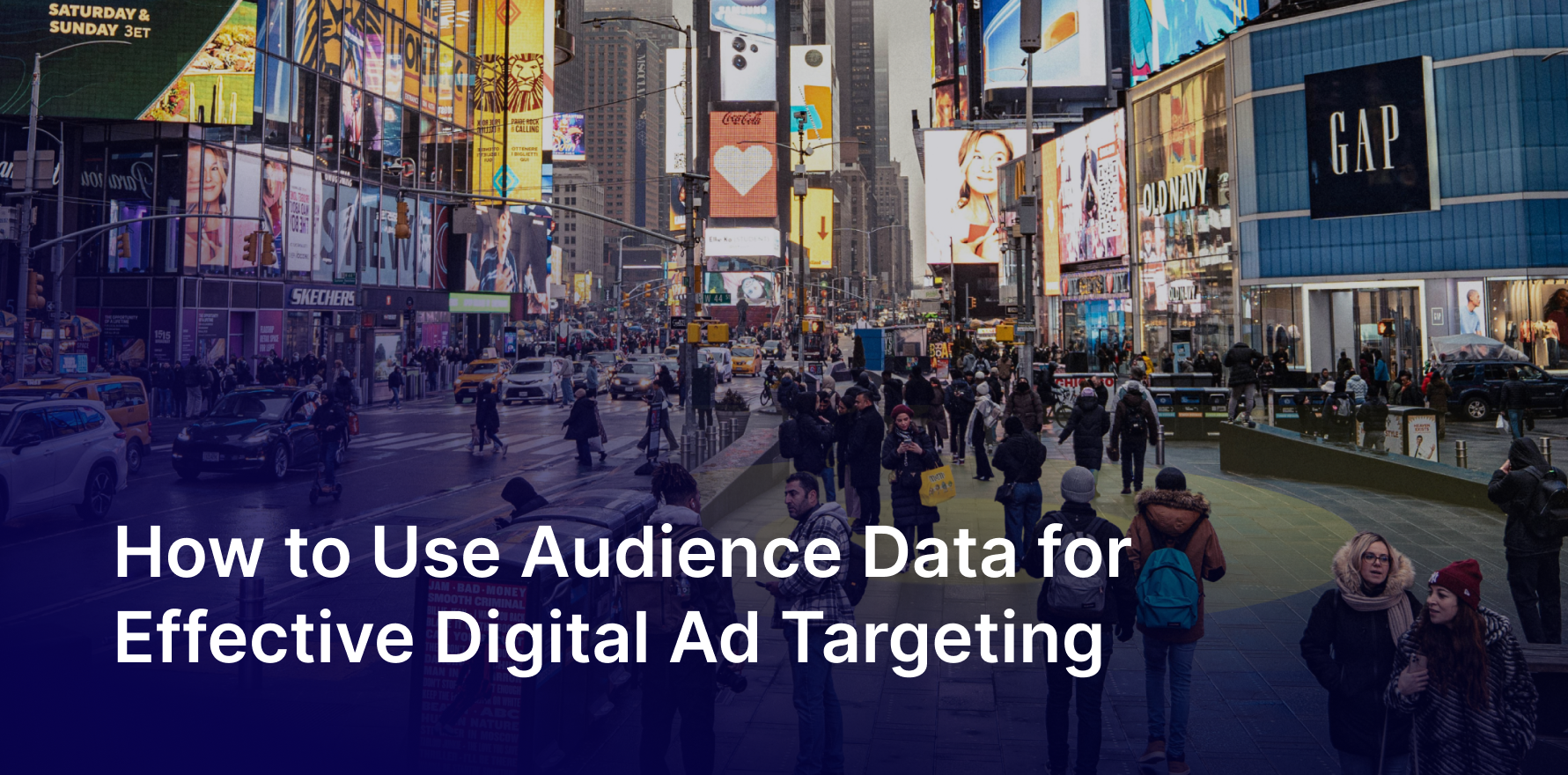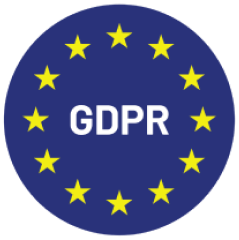Introduction
In today’s fast-moving retail landscape, data is the backbone of smart decision-making. One powerful yet often overlooked type of data is Points of Interest (POI) data. From the location of a competitor’s store to the clustering of popular restaurants or shopping centers, POI data provides valuable context for where people live, shop, and move.
Big brands like Starbucks, Walmart, and Amazon already rely on it, whether for choosing their next store location or optimizing delivery routes. But the applications are not limited to global enterprises; businesses of all sizes can harness its power. In this article, we’ll explore the top applications of points of interest data in retail, and how Factori helps businesses unlock its value.
Read About: Points of Interest (POI)
What Is POI Data in Retail?
Point of Interest (POI) data refers to information about physical locations that hold significance, such as stores, malls, restaurants, gas stations, or even landmarks. In retail, POI data gives businesses context about:
- Where potential customers are concentrated.
- Where competitors are located.
- What amenities or traffic drivers exist around a store.
- How neighborhoods evolve over time.
By combining POI data with demographic, mobility, or sales data, retailers can make smarter, location-driven decisions.
Top Applications of POI Data in Retail
1. Site Selection and Store Expansion
For physical retailers, choosing the right store location is one of the most high-stakes business decisions. A poorly chosen site can drain resources, while the right location can generate steady growth for years. POI data turns this high-risk decision into a data-driven process.
Businesses can use POI data to:
- Identify high-footfall areas near shopping malls, train stations, schools, and business districts.
- Avoid oversaturated zones where competitor presence makes it difficult to stand out.
- Detect emerging neighborhoods where infrastructure upgrades (like new highways or metro lines) signal rising demand.
Example: A supermarket chain could overlay POI data about population density, existing grocery stores, and transit hubs to find the perfect balance between accessibility and low competition. This ensures new stores have a built-in customer base from day one.
2. Competitor Benchmarking
Retail success doesn’t just depend on understanding customers, it also hinges on outmaneuvering competitors. POI data provides the tools to do both.
With POI insights, businesses can:
- Create heatmaps of competitor locations to understand where rival brands are clustering.
- Evaluate proximity of competitor stores to key POIs like shopping centers, schools, or transport hubs.
- Pinpoint underserved markets, where customer demand exists but competitor presence is thin or non-existent.
Example: A pharmacy chain could analyze competitor POIs across a city and discover entire neighborhoods where people must travel several kilometers for medicine. Opening in such an area not only fills a market gap but also positions the brand as a community-first provider.
3. Customer Insights and Targeting
POI data provides a window into how, when, and where customers interact with their environment. This allows retailers to go beyond generic personas and create location-aware customer insights.
Businesses can leverage POI data to:
- Map customer journeys, such as where people go before and after visiting a store.
- Understand which POIs attract certain demographic groups, for example, gyms for fitness-conscious young adults, or schools for families.
- Run hyperlocal marketing campaigns, targeting customers when they’re near a relevant POI.
Example: A fast-casual dining chain could send mobile coupons to people who frequently visit shopping malls with high food court activity. By connecting POI insights with digital campaigns, the brand increases conversions while minimizing wasted ad spend.
4. Omnichannel Strategy Support
Modern shoppers no longer separate online and offline shopping, they expect a seamless, integrated experience. POI data enables retailers to deliver on that expectation.
Applications include:
- Optimizing BOPIS (buy online, pick up in store) networks by ensuring pickup locations are convenient, well-placed, and aligned with customer traffic.
- Personalizing promotions for shoppers who are physically close to a store, nudging them to make an online order for same-day pickup.
- Aligning inventory placement with actual demand patterns to avoid stockouts or overstocks in specific locations.
Example: A consumer electronics retailer could analyze POI data to discover that customers in suburban neighborhoods prefer curbside pickup over delivery. They can then adapt their omnichannel strategy to emphasize local pickup points, driving higher satisfaction.
5. Logistics and Last-Mile Delivery
Logistics, especially last-mile delivery, often represents the biggest cost and operational challenge. POI data directly improves logistics efficiency by adding context to where and how people shop.
Businesses can apply POI insights to:
- Identify optimal warehouse and fulfillment center locations close to high-density residential clusters.
- Plan efficient last-mile routes by analyzing traffic conditions and the distribution of delivery addresses.
- Select convenient drop-off and pick-up POIs, such as partner retail outlets, convenience stores, or lockers in high-traffic areas.
Example: An online fashion retailer could use POI data to map demand around university campuses, then set up micro-fulfillment hubs nearby. This ensures faster delivery, reduced costs, and a stronger competitive edge against slower rivals.
Emerging Applications in Retail
While the core applications of POI data are already transforming retail, several emerging use cases are paving the way for the future:
- Predictive Analytics: Beyond analyzing existing patterns, POI data combined with mobility trends can help forecast store performance before a new location even opens. Retailers can model scenarios, such as expected sales or foot traffic shifts, with greater accuracy, reducing investment risk.
- Sustainability and Green Retail: As businesses focus on ESG goals, POI data helps identify ideal sites for EV charging stations, eco-friendly stores, and renewable energy hubs. For example, supermarkets can plan co-locations with EV charging partners, driving customer loyalty while supporting sustainability.
- Dynamic Pricing and Demand Forecasting: Retailers can layer POI data with transaction and mobility data to forecast demand fluctuations. For example, areas near stadiums or event venues may warrant temporary price adjustments or inventory boosts during peak times.
These emerging applications signal that POI data is not just a reactive tool for understanding current markets, it’s becoming a proactive driver of innovation, customer engagement, and sustainability in retail.
Why Retailers Can’t Ignore POI Data
In a market where margins are tight and consumer expectations are constantly rising, ignoring POI data is a risk most businesses can’t afford. Here’s why:
- Smarter Decision-Making
Retailers that use POI data gain an evidence-based view of the market, enabling them to choose expansion sites, delivery strategies, and marketing tactics with far more confidence. - Reduced Risk and Costs
Poorly chosen store locations, inefficient delivery routes, or untargeted campaigns are costly mistakes. POI data reduces these risks by grounding decisions in real-world behavior and location patterns. - Competitive Advantage
Businesses that adopt POI data gain a first-mover edge in underserved markets and can react faster to shifting consumer flows. Competitors who rely on intuition alone risk being left behind. - Better Customer Experiences
At the end of the day, retail success is about serving the customer. POI data helps deliver faster deliveries, more relevant offers, and convenient store locations, all of which improve customer loyalty and satisfaction.
The message is clear: POI data is not just another dataset. For modern retailers, it’s a strategic asset that directly impacts growth, efficiency, and customer trust.
How Factori Helps Retail Businesses with POI Data
At Factori, we make POI data actionable for retail businesses. Here’s how we help:
- Comprehensive POI Coverage: Access enriched, accurate, and up-to-date POI datasets worldwide.
- Retail-Specific Insights: From identifying high-potential store clusters to analyzing competitor density.
- Customer Intelligence: Understand mobility patterns and customer behavior around POIs.
- Retail Optimization: Improve delivery networks, optimize warehouse placement, and enhance last-mile logistics.
- Custom Solutions: Tailored POI data feeds designed for retail strategies.
If you’re a retail chain expanding into new markets or optimizing logistics, Factori provides the intelligence needed to scale smarter and faster.
Conclusion
From site selection and competitor benchmarking to logistics and customer targeting, the applications of POI data in retail are vast and transformative. As businesses continue to adapt to shifting consumer behaviors and increasing competition, POI data offers a critical advantage.
Factori empowers retailers to harness this data effectively, turning raw location information into strategic insights that drive growth.
Ready to see how POI data can transform your business? Contact Factori today to learn more.
You may also like

